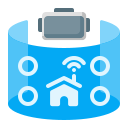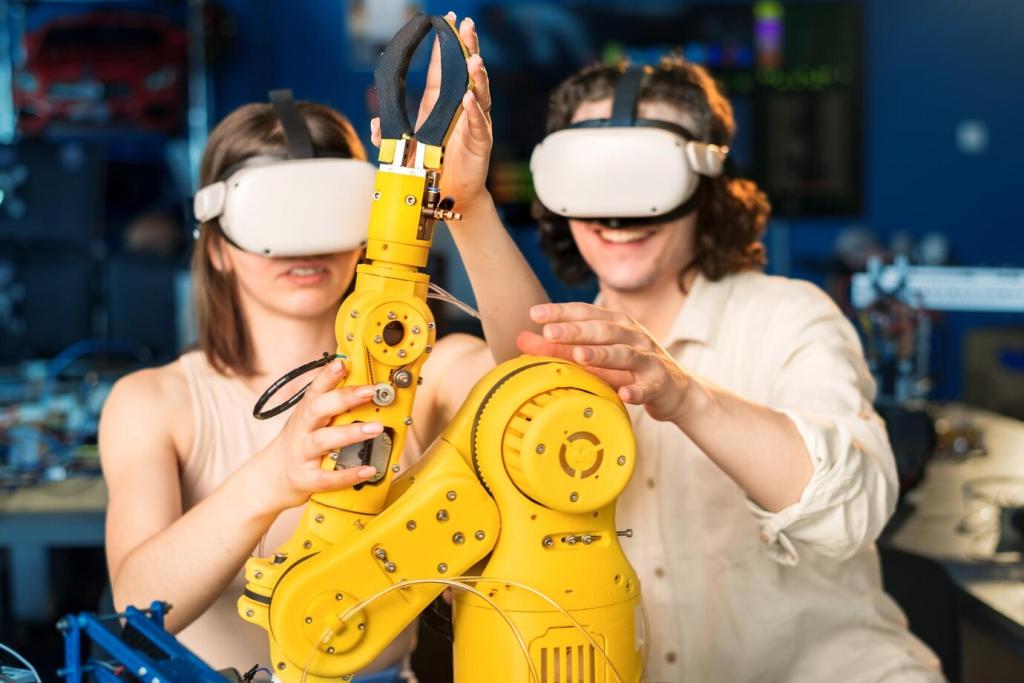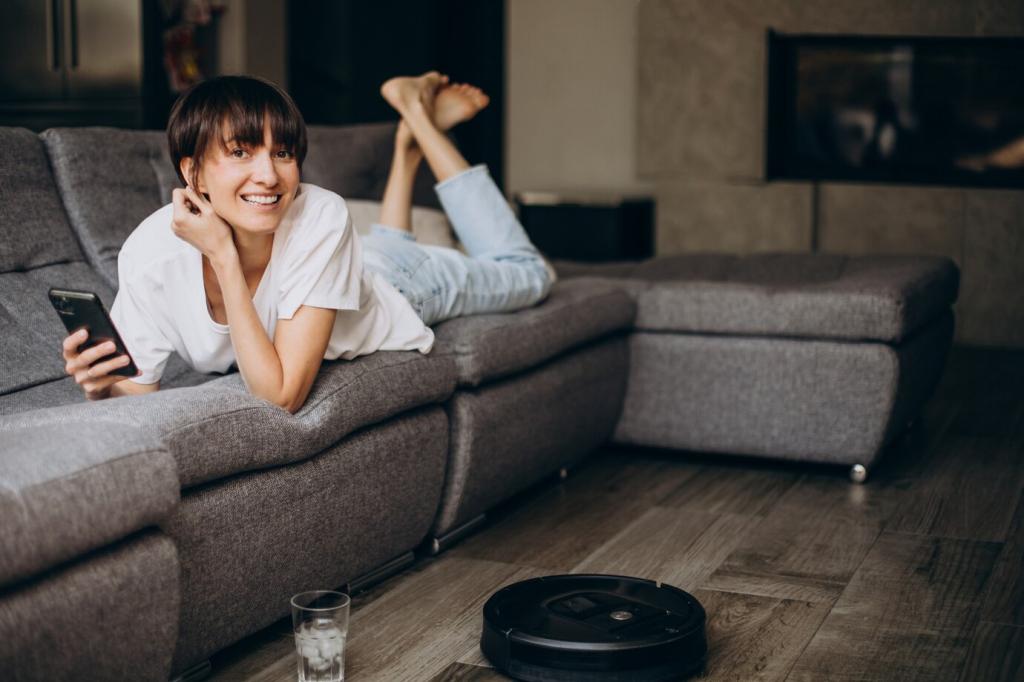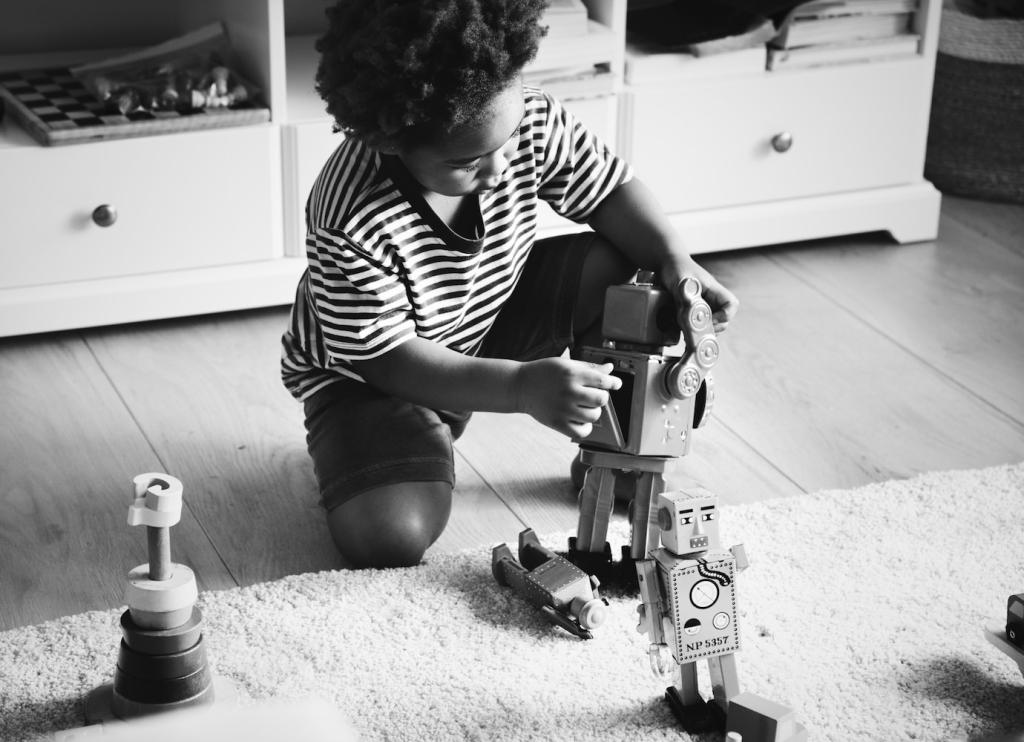Coding Without Tears: Visual Blocks to Control Robots
Connect code to everyday routines: wake up, brush teeth, breakfast becomes sequence, loop, repeat. Translating familiar patterns into commands helps kids grasp logic. Celebrate the first blinking pattern by naming it a dance, then invite them to invent a new routine.
Coding Without Tears: Visual Blocks to Control Robots
Pretend the robot is a delivery hero bringing a paper note across the rug. Kids drag blocks to move, pause, and turn. Encourage debugging as detective work: what clue explains the crash? Curiosity turns stumbles into laughter, learning, and lasting confidence.
Coding Without Tears: Visual Blocks to Control Robots
Invite kids to upload code snippets, trade patterns, and remix designs. Comment with supportive questions: What surprised you? What will you try next? Subscribing brings new missions weekly, keeping motivation high and friendships growing around shared, playful problem-solving.
Coding Without Tears: Visual Blocks to Control Robots
Lorem ipsum dolor sit amet, consectetur adipiscing elit. Ut elit tellus, luctus nec ullamcorper mattis, pulvinar dapibus leo.




